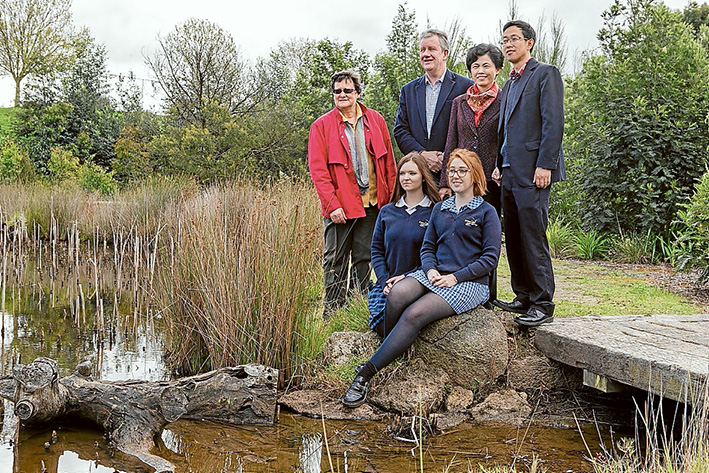MEMBER councils have bailed out the Western Port Biosphere which in January warned money would run out by this month, April.
Executive officer Cecelia Witton says the biosphere foundation has survived a “hectic” few months with the help of “our biosphere councils and others, [and] secured the funding required to meet the projected cash flow shortfall”.
In a bid to secure future funding a memorandum of understanding (MOU) is now being drawn up between the biosphere and its member councils: Mornington Peninsula Shire, Bass Coast, Cardinia and Casey.
Frankston Council withdrew its $20,000 commitment four years ago, leading to the biosphere’s financial woes.
The biosphere is hoping Frankston will rejoin the biosphere as a financial contributor.
Ms Witton told an extraordinary general meeting in January that the organisation was running out of money before a vote was taken to give the board of directors the power to wind up the “company”.
That option has not been needed, although Ms Witton says there is an urgent need to increase membership.
“It is great to be able to report on the more positive funding situation, but renewal of memberships is slow. I urge current members to renew now, because we must retain a membership base of a minimum of 50 financial members to meet the criteria for our charitable DGR [charitable gift recipient] status,” Ms Witton wrote in the latest edition of the biosphere’s newsletter, The Biosphere Connector.
“Without ongoing support from our membership, the foundation will not be able to take advantage of philanthropic funding opportunities for which DGR status is required
The 2142 square-kilometre Mornington Peninsula and Western Port Biosphere Reserve – one of 14 in Australia – includes five local government areas and French Island.
Listed under the UNESCO’s man and the biosphere program, it includes national and marine parks, rural agriculture and urban-growth areas.
Western Port is also listed under the Ramsar Convention on Wetlands of International significance.
Biospheres are described as being “sites of excellence that seek to reconcile conservation of biological and cultural diversity and economic and social development through partnerships between people and nature”.
Although they have no statutory powers biospheres are seen as being “ideal learning sites to test and demonstrate innovative approaches to sustainable development and conservation on a regional scale”.
The Western Port Biosphere says it “works with the community to create a better future for the Western Port Biosphere Reserve—environmentally, socially and economically. We do this through research, education, community engagement, partnerships and on-ground conservation efforts”. Projects include Growing connections (habitat corridors); Water stewardship; Protecting Ramsar values; Watson Creek, Somerville; and the Southern brown bandicoot recovery program.
First published in the Western Port News – 11 April 2017




